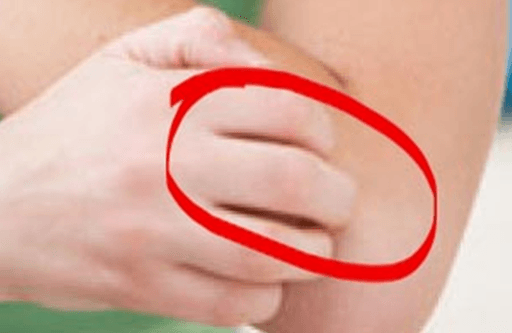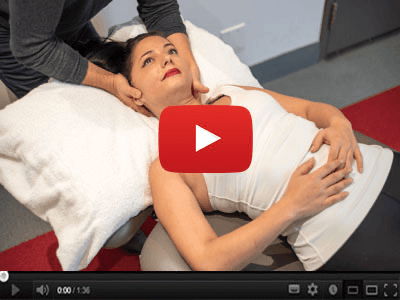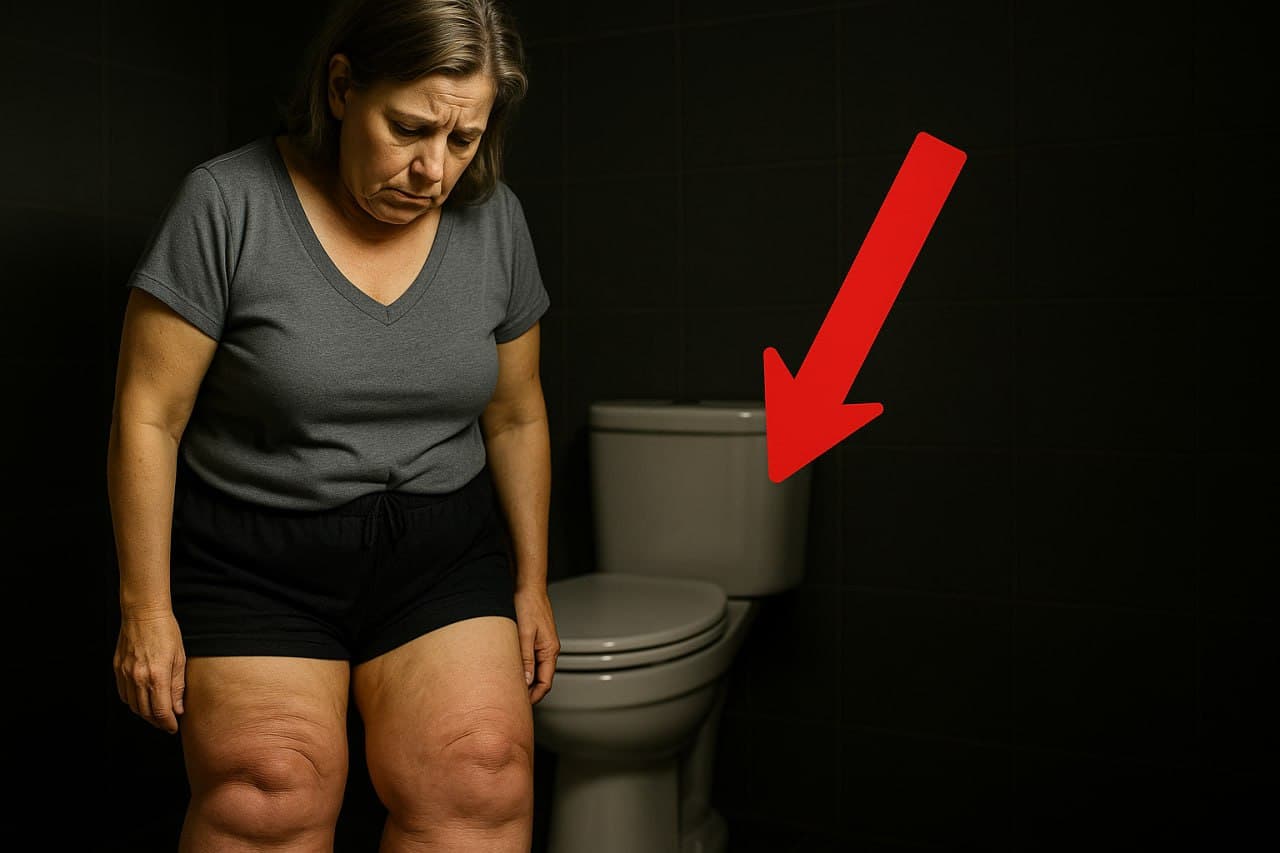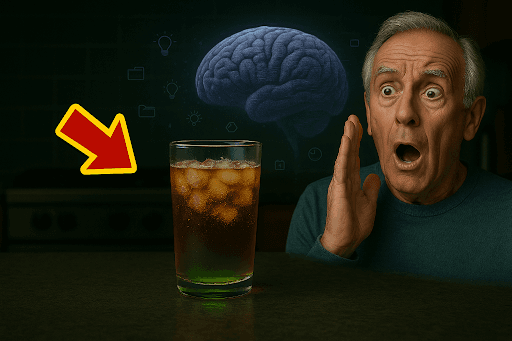Do This After Eating Your Meal! Dr. Mandell
After finishing a meal, many of us might consider sitting back and relaxing with some television. However, this habit could impact your health negatively.
Movement post-meal plays a crucial role in managing blood sugar levels. When you eat, your body breaks down food into glucose, offering energy to your cells. However, sitting immediately after a meal can spike glucose levels, which may lead to increased stress on the pancreas as it works harder to produce insulin.
Engaging your muscles after eating helps glucose enter the cells more efficiently, thereby lowering your blood sugar levels. The physical activity involved doesn't need to be strenuous. Options such as walking can significantly help in reducing these levels and taking the load off your pancreas.
- Leg extensions from your couch
Performing simple leg extensions for about three to four minutes can serve as the next best thing to walking. This activity encourages muscle movement, promoting glucose absorption more effectively than staying idle.
"Just do this, and it will help you tremendously."
While we often enjoy couch-time leisure, consider implementing small movements into this downtime for long-term health benefits. Whether it's exercising limbs or other modest movements, they contribute significantly to managing glucose levels effectively.
From Around The Web
Wellness Inbox is a blog & weekly newsletter that curates trending news and products related to health and wellness from around the web. We also gather content from various sources, including leading health professionals, and deliver it directly to you.
Please note that we may receive compensation if you purchase any products featured in our newsletter. Wellness Inbox is not affiliated with, nor does it endorse, any health professionals whose content may appear in our newsletter. The information provided is for general informational purposes only and should not be considered medical advice.
The information provided is not intended to replace professional medical advice, diagnosis, or treatment. All content, including text, graphics, images, and information available is for general informational purposes only. We do not guarantee the accuracy or completeness of any information presented and assume no liability for any errors or omissions. The content is subject to change without notice. We encourage you to verify any information with other reliable sources and consult your physician regarding any medical conditions or treatments.







